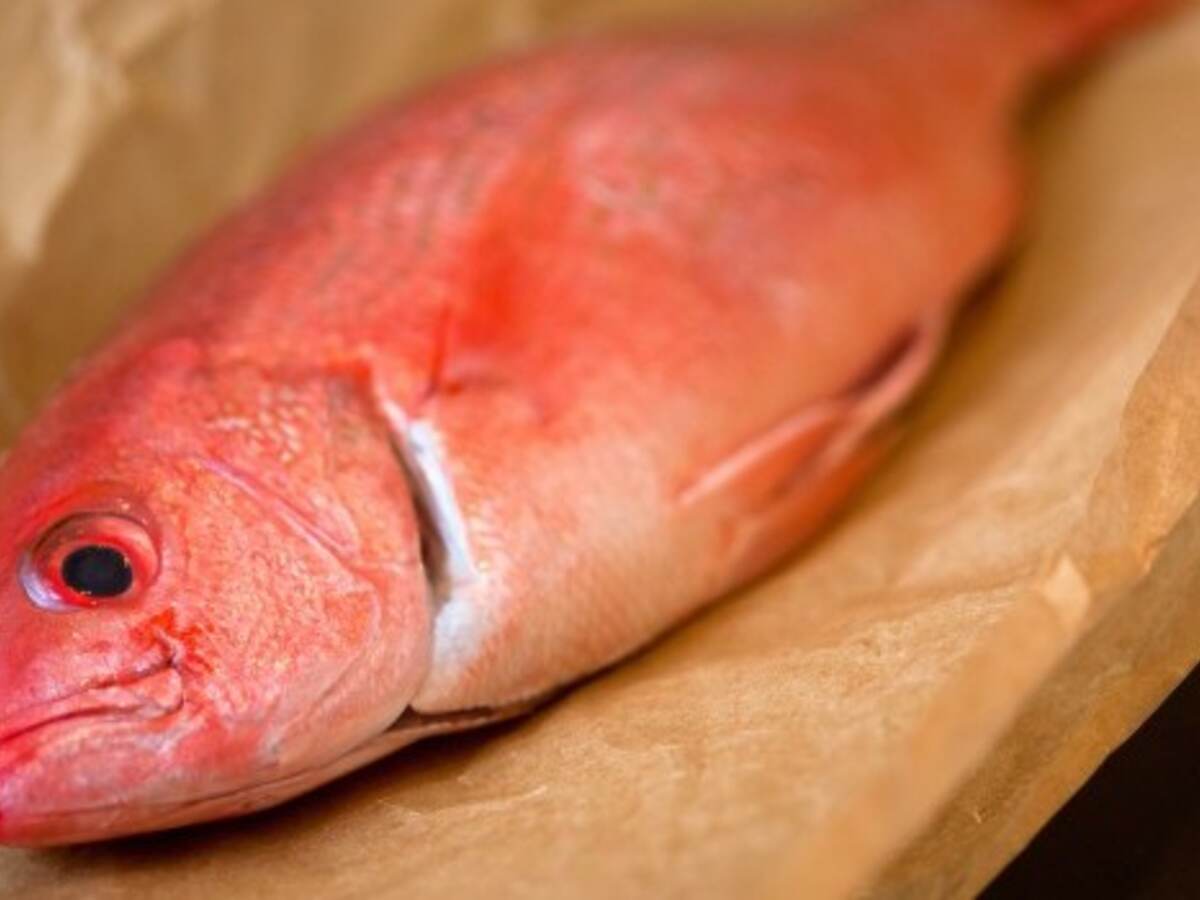January 4, 2016
When you sit down at a restaurant to enjoy a seafood entrée or travel to the grocery store to purchase fish, how do you know it’s the fresh catch you think it is? Is it hake instead of cod? Rose snapper instead of red snapper?
UL’s microbiology lab in Canton, Mass., plays an instrumental role in helping to ensure the transparency of the seafood supply chain. Public awareness of fish fraud has grown over the last several years, as media attention, corporate retail supply chain management and government regulation have increased.
Two underlying motivations drive fish fraud today. First, the depletion of fish stock through overfishing — especially white fish such as cod and tilapia — has resulted in shortages on the market and the temptation to falsify with substitutes. Secondarily, economic fraud is another driver in which lower cost fish are substituted for a higher value fish to produce a greater profit.
Led by Domitila Paza, UL’s microbiology lab provides verification services to raw material providers, manufacturers and retailers across the seafood supply chain. The lab’s specialty is speciation —determining the species of fish before it gets to your plate at a restaurant or behind the counter at the grocery store.
Inside the labs, Paza and her team start by cutting small amounts of flesh from fish samples submitted by organizations within the supply chain. The lab scientists use a specific buffer to break out the tissue and the cells, separating the fish DNA.
Once the DNA has been isolated, UL identifies the area of the DNA that is unique to only fish. Then by amplifying the DNA sequencing, the lab scientists can tell the species of fish with almost 100 percent precision.
Species identification has become increasingly more important with the rapid expansion of aquafarming, the growing numbers and types of fish available on the market, and fish sold under multiple names in different local markets. Once UL identifies the fish species, its scientists match it to the FDA's Guide to Acceptable Market Names for Seafood.
Fish fraud can and has occurred up and down the supply chain. Mislabeling of seafood is an FDA violation and can result in a recall with financial penalties. That is, unless the lab scientists at UL help you catch the fish fraud first.
Visit UL’s Food and Beverage page for more information on DNA testing.

